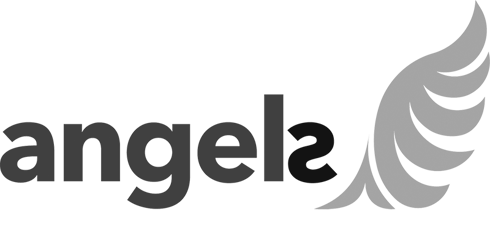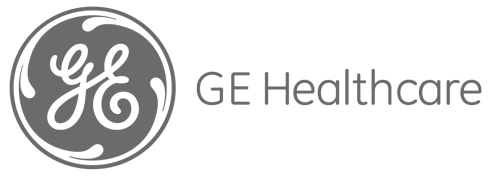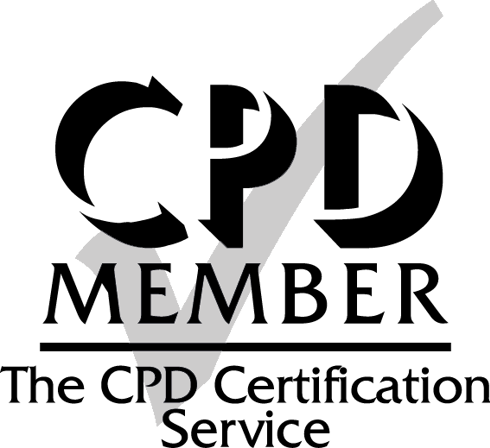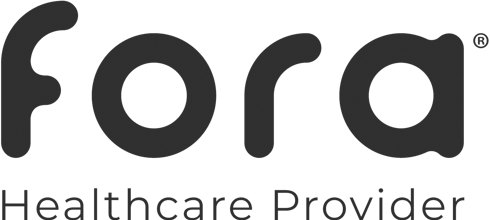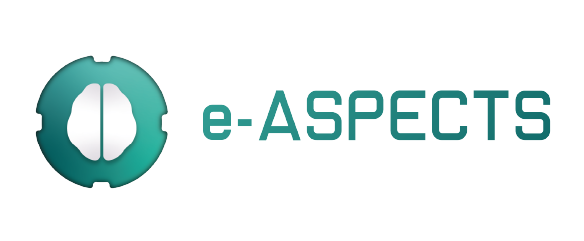
Ischemic injury on e-ASPECTS, but not RAPID software predicted good clinical outcome at 3 months after stroke.
Oxford - A recent study from the leading Hospital Vall d’Hebron in Barcelona, Spain, on 184 stroke patients who underwent mechanical thrombectomy, showed that estimated core on e-ASPECTS, but not RAPID software, predicted good clinical outcome at 3 months after stroke. e-ASPECTS and manually-defined ASPECTS also correlated with CBF-estimated infarct core and final infarct volume in recanalized patients.
e-ASPECTS software (Brainomix) was used to quantify early ischemic injury on non-contrast CT scans at presentation, and CT perfusion-derived core volume was estimated using RAPID (iSchemaView). Final infarct volume was measured on non-contrast CT at 24 hours.
The study highlights the clinical value that the e-ASPECTS software provides, maximising the utility of non-contrast CT scan imaging, which is universally available in stroke hospitals of all sizes. It shows that by using the right tools the non-contrast CT images can yield a wealth of valuable clinical information, without the need for contrast injections or specialist expertise. Indeed, this study suggests that simple imaging used in the right way can be useful compared to complicated and less widely available alternatives such as CT perfusion.
e-ASPECTS provides a fully automated decision support tool, empowering physicians of all levels of experience to interpret CT imaging with confidence and consistency. e-ASPECTS, developed by Brainomix, supports decision-making using artificial intelligence (AI) to facilitate quick and accurate assessment of ischemic stroke injury. e-ASPECTS quantifies not only the ASPECTS score but also the volume of acute hypodensity on non-contrast CT scans. e-ASPECTS can reduce variability between physicians, enabling a more standardized evaluation. Physicians using e-ASPECTS software are able to review results in less than two minutes on existing hospital imaging platforms, by email, or on their smartphones.
Dr George Harston, Chief Medical and Innovation Officer, Brainomix & Consultant Physician, Oxford University Hospitals NHSFT stated: “This study highlights the value of non-contrast CT brain imaging in patients with acute stroke. It demonstrates the wealth of information that can be extracted in real-time from widely available and readily accessible CT scans using Brainomix software, without need for more complex advanced imaging techniques. It shows that using robust analysis approaches more data can be leveraged, informing prognosis and guiding treatment decisions.”
The results of this study have been published here
